This content originally appeared on Level Up Coding - Medium and was authored by Trey Huffine
How we created a product that unlocks data, making it a company’s secret weapon — built with TypeScript
An Interview with Acumen.io’s CTO and Co-Founder, Daniel Shir
This week we interviewed Daniel Shir, and he shares his experience as the co-founder and CTO of Acumen.io. Our world is ruled by data, and Daniel shares how Acumen uses ALL of a company's data to unlock their full potential and create visibility across teams.
> Be interviewed in Level Up Coding ➡️ Fill out this form
> Looking for an amazing job? ➡️ Visit the Level Up hiring platform
“There is a treasure trove of data that no one looks at that can improve their lives. […] We’re still dealing with the same bugs and issues from 5 years ago. It’s time to finally learn from our mistakes and figure out how we can get better.” — Daniel Shir

What does your company do?
Our company helps software development teams improve their productivity, reliability, and predictability. I’ve had this idea stuck in my head for years where we have all of this valuable R&D data, yet no one does anything about it. Unlocking this data is like a secret weapon. It helps high-performing teams diagnose their problems and improve.
This is a very interesting idea and something that really helps create truly innovative companies — can you explain a little more how this works?
It connects a bunch of data sources within the organization itself related to software development (source control, project management, Slack, CI/CD, etc.), and we take the data and do a bunch of analysis and mash/sync them up and bring order. Then we use this data about the development process to spot bottlenecks and find problems. For example, many companies say something like, “I know this process is broken, but I don’t know why. I need the data to back it up so I can effectively allocate resources to fix it.”
As the product evolved, higher-ups and execs loved the insight and data it brought. However, we saw that to drive the change, we had to win the hearts and minds of the dev teams themselves. So we had to pivot the product to provide empowering solutions for people in the trenches. We launched a side product Go-Retro, and we offered a connection to Jira to better analyze sprints. It shows what went right and wrong with a sprint. Retros are now data-driven instead of opinion-driven by the people who worked on it.
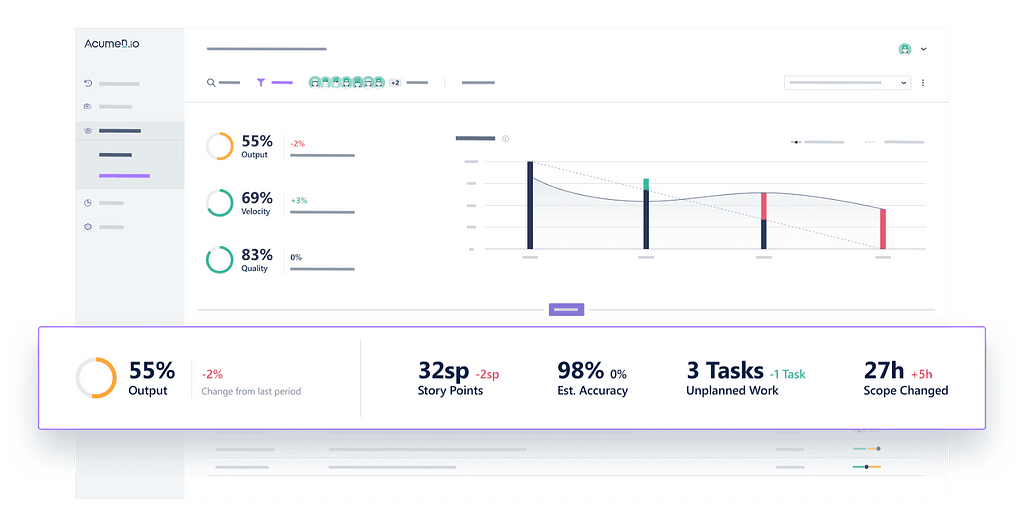
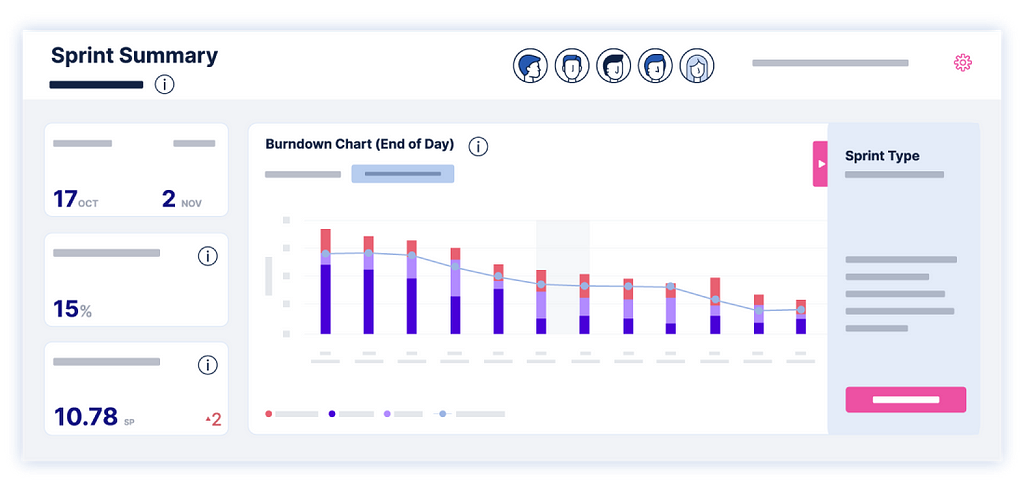
What technology stack do you use, and why did you choose this stack?
I’m probably the largest proponent of JavaScript on the planet. I’ve been using it for everything for over a decade now. TypeScript is now my absolute favorite language. The type safety really bridged the gap between flexibility and having a huge codebase.
On the frontend side, we mostly use React with some Angular sprinkled here and there.
And finally, for DevOps, everything is on k8s because that just lets you do pretty much what you want.
How are you using React and Angular?
Acumen is entirely in React. We already had a primary engineer in it, and React roles are easy to hire for. When we created Go-Retro, we gave it to a single developer as an experiment to own the full stack. We didn’t think it would be as successful as it was, and now it’s a product people love. So, now we have separate React and Angular products.
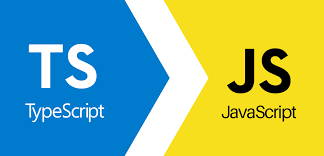
TypeScript is my favorite language as well — I use it for everything. Why do you love it? Do you notice any scalability issues?
TypeScript is my favorite language. My background is C and C++, I have years and years of strictly typed languages. In 2010 at my previous startup, this was when Node came on the scene, and I started using it for small microservices. It was so easy and so much fun. Then we had 20+ services in Node. It was really easy to write but really painful to debug and refactor. We believe a service must be very small. It should be 1200 lines or less because at this point, it becomes too unruly.
My company got acquired in 2015, and then in 2017 TypeScript came about, so we decided to try it. We had a dev with a C# background who advocated for it, so we wrote our first microservice in TypeScript. Then we did an experiment where we let two other developers with no experience in TS add features to the project, and they picked TS up quickly with no problem.
What does a typical day look like for you?
Our R&D is divided into two teams, so I mostly do oversight. I get truly involved with tech designs and reviews. My team leads work with the developers on pretty much everything else. I do still get to code sometimes, which is great.
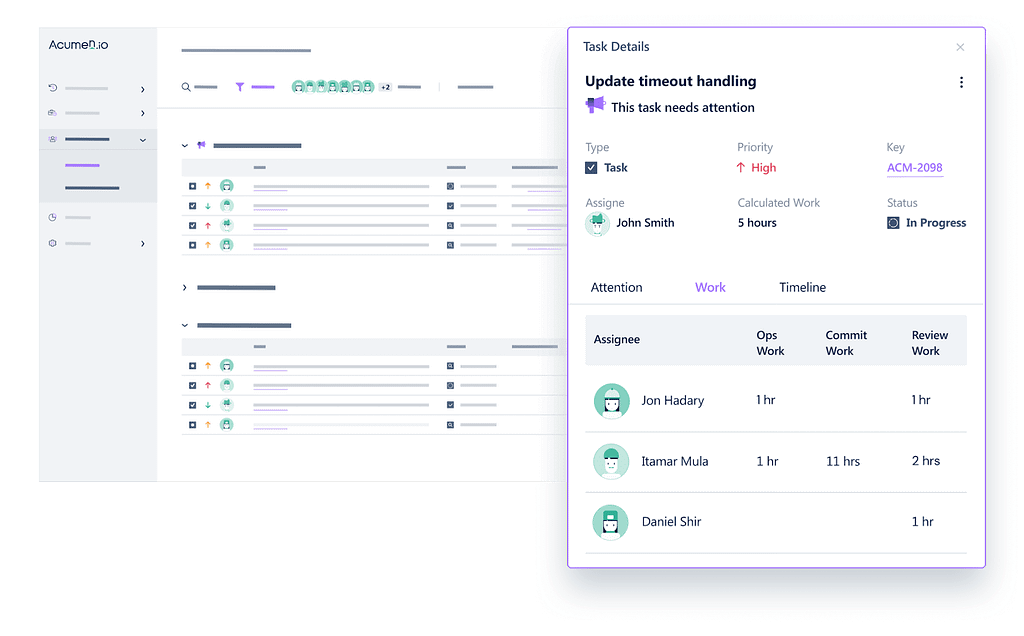
How did the company start?
Back when I managed a fairly large team in my previous job, I noticed I was always missing data to back up my gut instincts. I started messing around with spreadsheets and scripts, trying to tie data together to assert and validate my thoughts. That’s when it clicked for me that this sort of tool should exist. Taking this even further, one of the ways we deliver insights is through the scrum retrospective meeting, this is where our tool GoRetro.ai comes into play. It’s a very simple retrospective management tool that allows you to inject data insights into your retro meetings. That way, you’re certain you’re retro-ing on what matters.
How did you first get into software development?
I picked up QBASIC when I was about 11. After I saw I could print my name to the console, I was hooked.
How has software evolved since QBASIC, and how did you stay up-to-date?
I don’t think it’s been difficult. In this job, a big part of it is embracing the change. I’ve been through so many programming languages, and I still even dabble in Perl. You can have your favorites, but as the industry shapes and changes and software gets more complicated, you need better tools.
If you think of the good programmers you know, they love diving into something new. They take on new challenges and embrace the growth.
You still have to balance the “shiny new thing” with what’s practical. Everyone has their day job and night job. Mine recently has been my kids and reading. Previously though, I would spend my evenings trying new tools and languages.
If you’re good at experimenting, you usually end up with good things. You need to read and stay up to date. You need to build the background to make the right decision.
Golang still has issues like we had back in the day with threads (contention and locks). With JavaScript and TS, you don’t get those things. You can still shoot yourself in the foot, but it’s a little more difficult.
What makes your company unique?
We’re very proud of the fact that our company is very diverse. We’re a company of 20, and 50% of our employees are women. This may sound obvious, but it’s very different in tech.
If we’re talking about R&D in particular, our mantra is that everyone should “touch” every part of the codebase. This is why our devs don’t work on a single discipline (eg. just backend) but create the feature in its entirety (backend + frontend + data + devops).
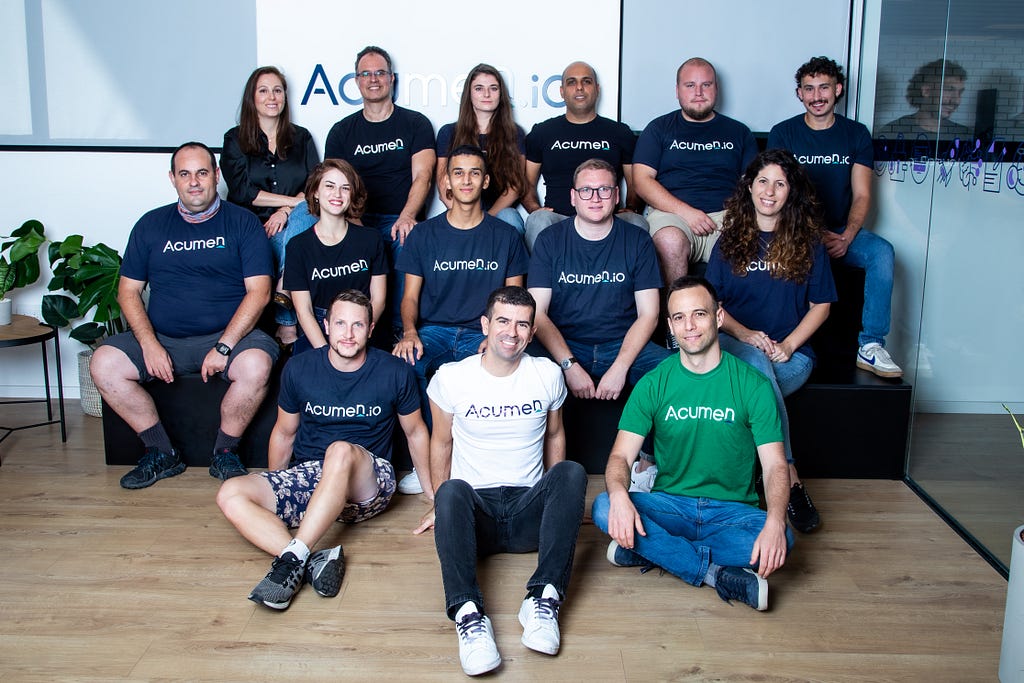
What are some of the most interesting problems you’re solving?
On the business side, getting people (especially developers) to improve is very difficult. Imagine trying to convince someone to go to the gym on a regular basis.
For the tech side, we have lots and lots of data issues. Every single developer just uses the tooling in a different way. The variety of data is astounding.
What will the world look like once your company achieves its vision?
Hopefully, we’ll have a planet where software development is a lot more effective than it is today.
I really think that we help development teams touch and see what’s holding them back from being better. Let’s say everyone embraces it, I truly believe software development will be much improved. There is a treasure trove of data that no one looks at that can improve their lives. When agile entered the scene, it changed the way things were done. Software had to tackle things that are way more complex — larger teams and software.
We think we’re reaching an inflection point. We’re still dealing with the same bugs and issues from 5 years ago. It’s time to finally learn from our mistakes and figure out how we can get better. It’s also helpful for non-developers to understand what’s going on. We have large cross-functional teams, and it’s now possible to give them insight and visibility into the entire process and provide answers to questions.
Devs are the most expensive part of a company, and it’s difficult to get good ones. Every developer has good and bad experiences. What was right about the company where they worked fast? Everyone gives hunches as to why it worked — we give you the data to understand why the good experiences empowered you.
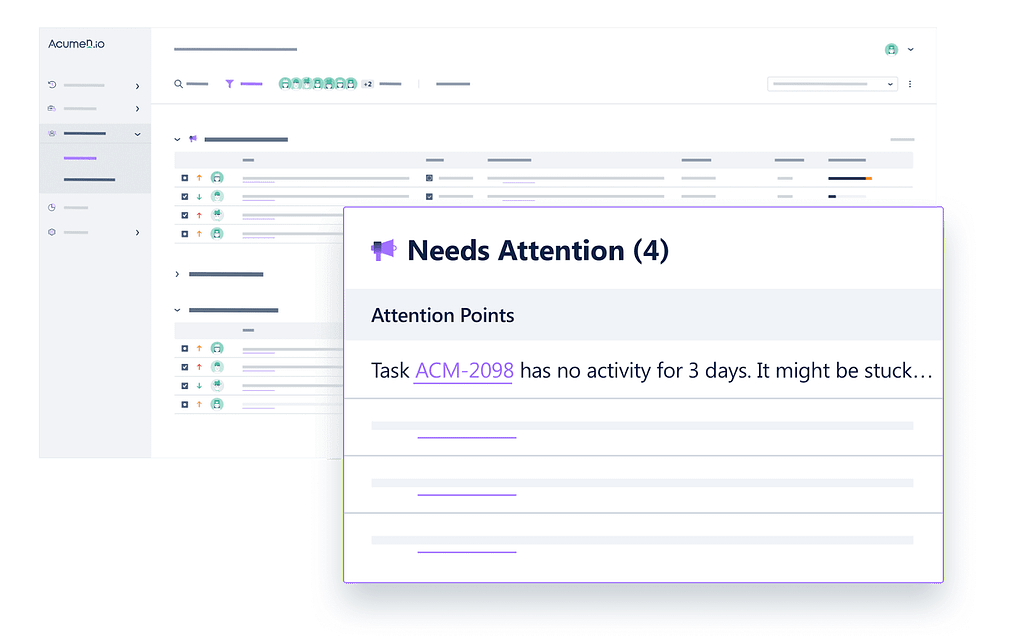
Are there any technologies or tools you’re playing around with right now that you’re excited about?
There isn’t a magic tool right now that blows everything away. I always say my favorite interface is the terminal because it’s straightforward and there are no surprises. I still love my terminal. I have an app that analyzes my time in apps, and 50% is the terminal.
Describe your computer hardware setup
2019 Intel Mac, nothing fancy but reliable and gets the job done
Are you hiring?
Always, for fullstack senior developers. We do both remote and local. We want people that love TypeScript. We also believe everyone should touch everything. Everyone reviews everyone else’s code. You know what’s happening in the entire codebase and get to push the product forward.
https://www.acumen.io/acumen-careers
Where can we go to learn more?
Acumen.io & GoRetro.ai
Level Up Coding
Level Up is a community of 3 million monthly developers (learn more and follow or read more startup interviews). We also work with the best startups and most innovative tech companies 🔥
- Are you a developer? Have the best companies request to hire you
➡️ Join the Level Up Talent Collective - ➡️ Hire FAANG-caliber Engineers
- ➡️ Interview Request Form to have your company interviewed
We also provide free tools for developers to grow their careers: coding interview course, automatic resume builder, portfolio API
Follow us: Twitter | LinkedIn | Newsletter
How we built a product that unlocks data, making it a company’s secret weapon — built on TypeScript was originally published in Level Up Coding on Medium, where people are continuing the conversation by highlighting and responding to this story.
This content originally appeared on Level Up Coding - Medium and was authored by Trey Huffine
Trey Huffine | Sciencx (2022-07-25T11:21:53+00:00) How we built a product that unlocks data, making it a company’s secret weapon — built on TypeScript. Retrieved from https://www.scien.cx/2022/07/25/how-we-built-a-product-that-unlocks-data-making-it-a-companys-secret-weapon-built-on-typescript/
Please log in to upload a file.
There are no updates yet.
Click the Upload button above to add an update.
